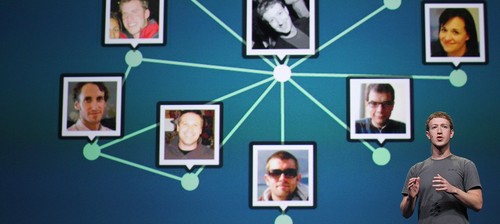Some say that President Obama’s inaugural address this year trumped the one he delivered four years ago, and perhaps any he has ever given as Commander-in-chief. I am a strong advocate of women’s and gay rights, and I teared up when the president boldly said:
It is now our generation’s task to carry on what those pioneers began. For our journey is not complete until our wives, our mothers, and daughters can earn a living equal to their efforts. Our journey is not complete until our gay brothers and sisters are treated like anyone else under the law – for if we are truly created equal, then surely the love we commit to one another must be equal as well.
Regardless of what you think of him, Obama is a powerful speaker. His skills were only amplified by the inauguration ceremony, which was held on the day when we celebrate the great civil rights leader and orator Martin Luther King, Jr. In this digital age, we talk about what makes a good blog post, viral video or paid advertisement, but we often disregard the importance of impactful verbal communication. Like memes, there is an intangible essence to what makes a powerful speech stick out and intrigue you to the point where you can’t help but share it. From presidential addresses to stories told generation after generation to live theater, the tradition of oral history harnesses the power to move the masses. It is a testament to the abilities of the human mind that through the spoken word you can form a movement, change the public’s perception and cement a legacy. It is the stuff that wise men, do gooders and evil doers are made of.
Read More




























